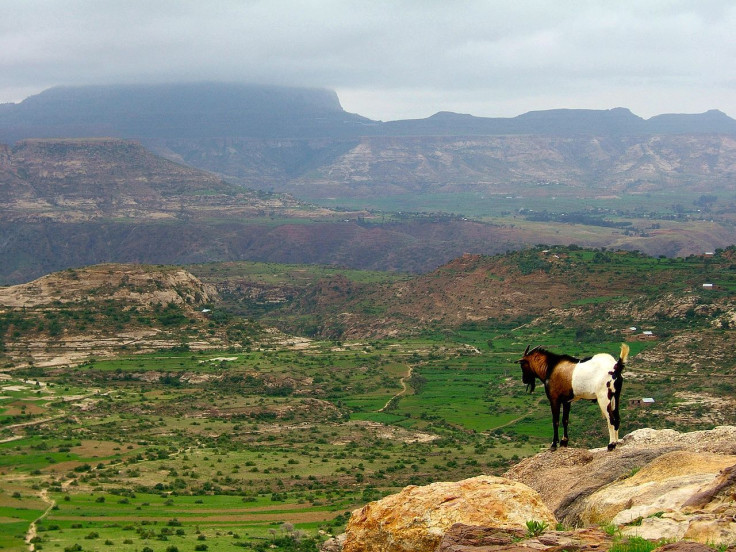Climate Change Causes Malaria To ‘Creep Up’ To Higher Altitudes Putting Millions More At Risk

In 2012, an estimated 660,000 people worldwide died from malaria, most of them in sub-Saharan Africa. Despite increased prevention and control measures that have decreased malaria mortality rates by more than 23 percent since 2000, experts say that climate change will put millions more people at risk of contracting the deadly mosquito-borne disease.
Scientists have speculated for some time that climate change will push mosquitoes, which thrive in warm environments, into areas that were previously too cold. Early studies suggested that as global surface temperatures continue to rise, the disease would expand into higher elevations that were considered safe havens from the disease. This is the first time researchers have provided hard evidence that malaria is spreading in the highlands of Ethiopia and Colombia.
Looking at malaria case records in Colombia from 1990 to 2005 and records from Ethiopia from 1993 to 2005, researchers from the University of Michigan found that the median altitude of malaria cases shifted to higher elevations in warmer years and slinked back to lower elevations in cooler ones.
"This is indisputable evidence of a climate effect," Mercedes Pascual, a University of Michigan ecologist and co-author of the study, said in a statement. "The main implication is that with warmer temperatures, we expect to see a higher number of people exposed to the risk of malaria in tropical highland areas like these."
The study, published in the journal Science, suggests that based on the distribution of malaria by altitude in Ethiopia, a rise in temperature of 1 degree Celsius could lead to three million additional cases of malaria in children under 15 years of age. This is partly because people who haven’t been exposed to malaria before are particularly susceptible to its effects.
“With progressive global warming, malaria will creep up the mountains and spread to new high-altitude areas,” co-author Menno Bouma, honorary senior clinical lecturer at the London School of Hygiene & Tropical Medicine, said in a statement. “And because these populations lack protective immunity, they will be particularly vulnerable to severe morbidity and mortality.”
Malaria is spread by infected female mosquitoes, who carry the disease in their saliva. Symptoms typically include fever, headache and, in some cases, coma or death. More than 200 million people are infected with malaria each year, most of them in the tropical and subtropical regions around the Earth’s equator.
But it’s not just malaria that is affected by climate change. According to the World Health Organization, dengue fever, malnutrition and diarrheal diseases are highly climate-sensitive as well, and are expected to increase as global warming continues.
© Copyright IBTimes 2024. All rights reserved.






















